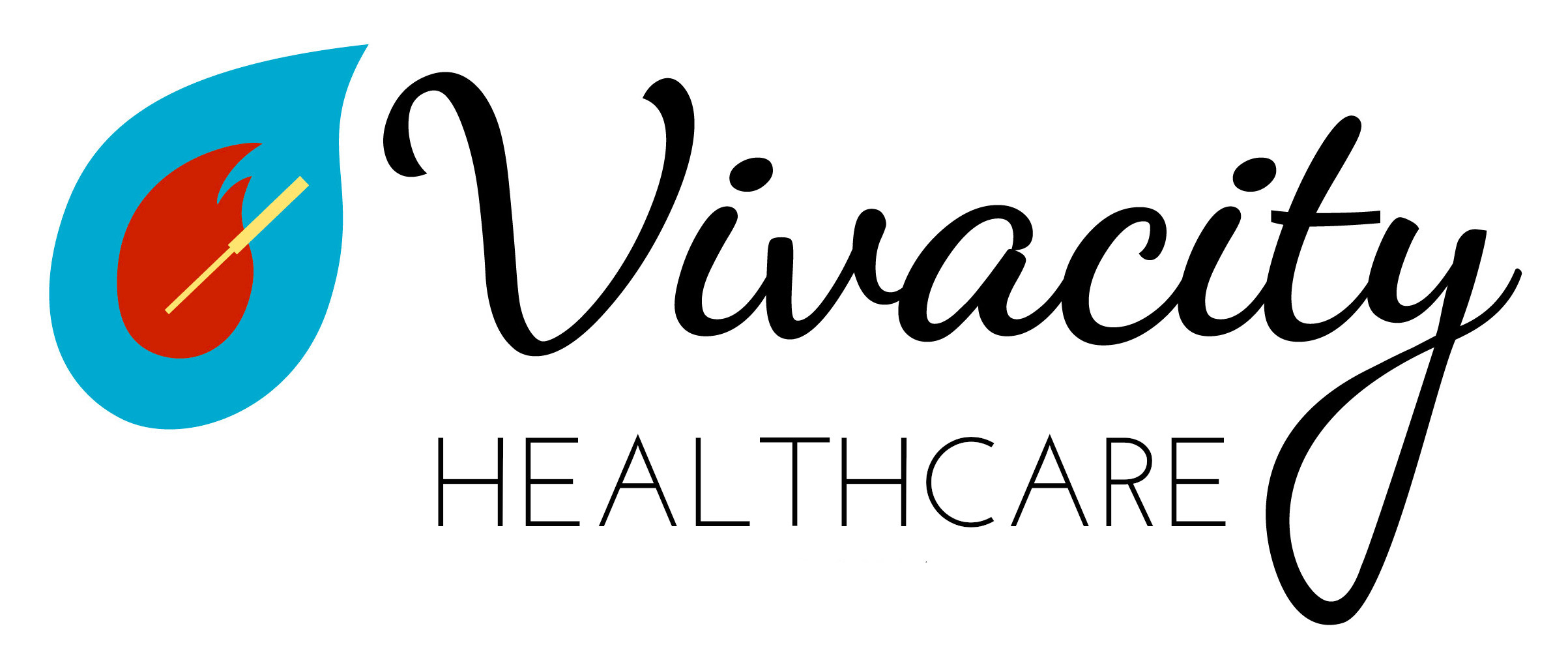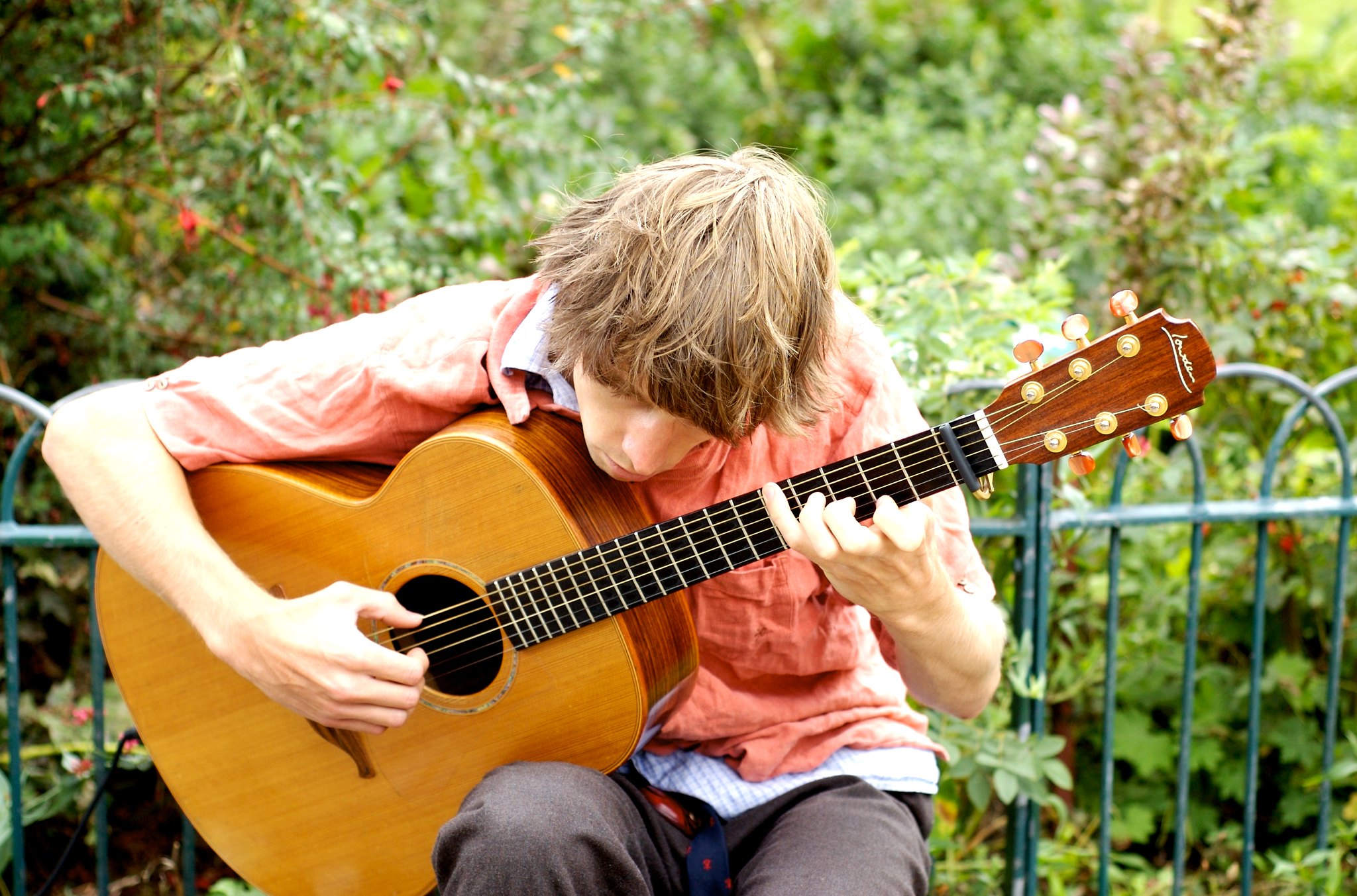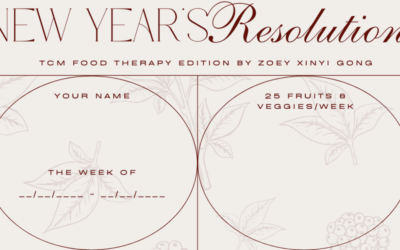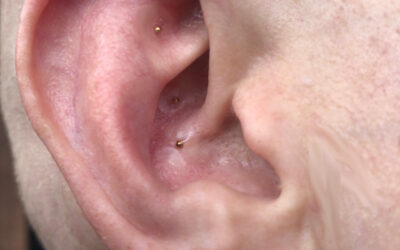Is the physical development and discipline required to produce art and cultural performances that different from what athletes do?
My experience points to ‘no.’
We know unequivocally at this point that acupuncture helps athletes reach peak performance levels as part of their training regimen to alleviate pain and prevent injuries. A lesser-known, yet important, use for acupuncture is the treatment of artists and performers who devote their lives to composing beauty and cultural creativity. As in athletes, muscle tension may not only cause pain but can also limit the muscular control or range of motion needed to perform. This is why acupuncture is more ideal than simple pain management.
Dancers
Between demanding rehearsal schedules and complicated choreography, dancers commonly experience strains in their work. Myofascial trigger points are typically present in the gluteus medius and maximus, as well as another muscle in the hip region: the piriformis. While lesser known than the gluteus muscles, the piriformis is notable because of its proximity to the nerve and therefore its propensity to be a culprit in sciatica-like symptoms. In forms that utilize a dominant balancing leg, imbalances between the sides naturally surface over time and these can be evened out with a specific form of acupuncture.
Alleviating muscular tightness in the hips may also prevent a common dancing injury known as a labral tear. This is when the cartilage inside the hip socket tears and then creates inflammation-causing friction in the joint. Depending on the severity of the tear, this condition may require surgery to correct. Even after surgery, it is critical to alleviate the causative muscle tension to prevent a recurrence.
Musicians
Musicians not only often have demanding rehearsal schedules much like dancers, but many instruments involve highly repetitive movements that cause strain. Due to the mechanics of almost every instrument, it is nearly impossible to utilize both sides of the body in an equivalent manner. It is for this reason that some form of self-care and tension release should be integrated into the rehearsal and performance routine of any musician.
Particularly in pianists and guitarists, I treat the finer muscles of the forearm and hand that enable the intricate movements necessary for playing these instruments. Drummers may also notice additional strain on the calf or foot they use for the bass drum pedal. Instruments such as the violin that involve a head tilt in playing posture can be improved by acupuncture in the neck and shoulder area. Techniques such as timing breaks within a rehearsal program can also be gleaned from my previous post on ergonomics.
Designers
Similar to musicians who use fine finger movements to play instruments, designers and graphic artists including tattoo artists may strain muscles in their hands and forearms due to repetitive strain. As much as possible, artists should try to adhere to a similar break schedule as recommended in my aforementioned ergonomics post. This post also includes links to software that can be used on a computer, tablet or cell phone to help remind you to take breaks at appropriate intervals.
These are just a few examples of patterns I have seen over and over in my practice. I give props to dancers, musicians and athletes for the fine-tuned muscular development it requires to perfect their art. If you or someone you know is a performer who fears that their career will be delayed or cut short due to chronic pain, illness, or serious injury, acupuncture is an evidence-based treatment that yields sustained relief.




